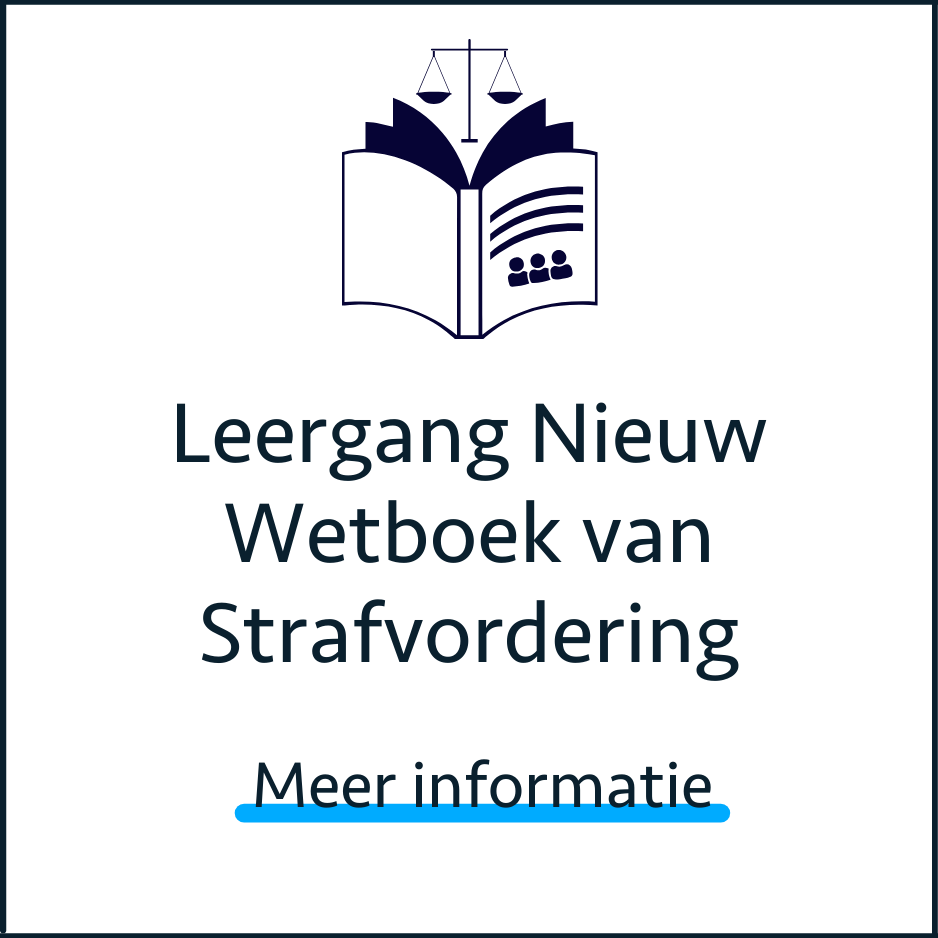'Madoff’s domino effect on European depositary liability'
/In 2008, the world was shocked when it turned out that Bernard Madoff had constructed a gigantic Ponzi scheme. On the outside, Madoff appeared to run a highly successful asset management business. In reality, Madoff raised funds from investors but, despite what he had promised, he did not use these funds to purchase securities. Instead, he used the contributions of new investors to pay returns to earlier investors and lined his own pockets with the investors’ contributions. When the fraud was discovered, it turned out that there were no securities corresponding to the funds and that the funds were lost. Investment funds such as Madoff’s – in the EU: UCITSs (Undertakings for Collective Investment in Transferable Securities) and AIFs (Alternative Investment Funds) – raise funds from investors and collectively invest these funds in, inter alia, securities. At the European level, investment funds are regulated under the Directive on Undertakings for Collective Investment in Transferable Securities (‘UCITS V’) and the Alternative Investment Fund Managers Directive (‘AIFMD’).
Under UCITS V and AIFMD, investment funds are obliged to appoint an independent depositary that supervises the investment fund’s transactions and acts as a custodian over the investment fund’s assets. One of the reasons why Madoff could run his Ponzi scheme without being discovered was that the appointed depositary had delegated its custody tasks to an entity run by Madoff itself. Hence, Madoff’s business lacked a form of independent control. This practice raised questions on the role and liabilities of depositaries of investment funds. In response, UCITS V and AIFMD have introduced rules on (the liability of) the depositary and on the delegation of its tasks to sub-custodians. In my analysis, these European provisions on depositary liability and the way in which they have been implemented in the Dutch legal system illustrate two important developments: the blurring distinction between Dutch public and private law under the influence of European law and the growing European influence on national tort law.
Under Article 24(1) UCITS V and Article 21(12) AIFMD, Member States need to ensure that a depositary is liable to investment funds and investors for the loss of assets held in custody and for all other losses that result from a depositary’s negligent or intentional failure to fulfil its obligations under UCITS V or AIFMD. Both directives do not specify whether the basis for liability should be of a contractual or non-contractual nature, but it is likely that an investment fund will base claims on its contractual relationship with the depositary and that an investor will base claims on tort – as an investor has no contractual relationship with the depositary.
As from 18 March 2016, Article 24(1) UCITS V and Article 21(12) AIFMD have been implemented in the Dutch Financial Supervision Act (Wet op het financieel toezicht,Wft). Under Article 4:62p(1) and (4) Wft, a depositary is liable to an investment fund for the loss of assets held in custody and for all other losses that result from a depositary’s negligent or intentional failure to fulfil its obligations under the Wft. According to the Explanatory Memorandum, if an investment fund does not hold the depositary liable, investors can base a claim against the depositary on tort under Article 6:162 of the Dutch Civil Code.
Lees verder:
- Madoff’s domino effect on European depositary liability, Leiden Law Blog











